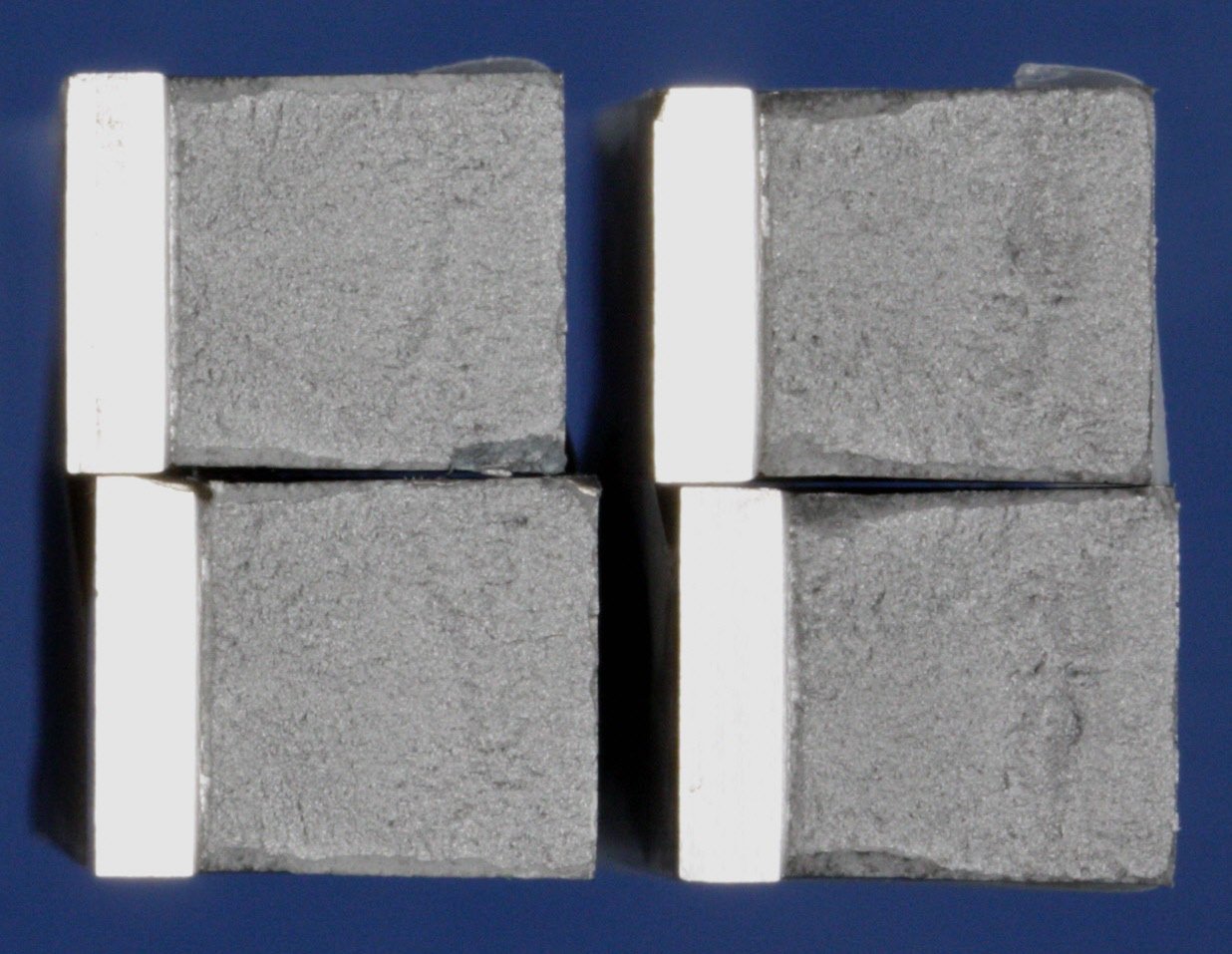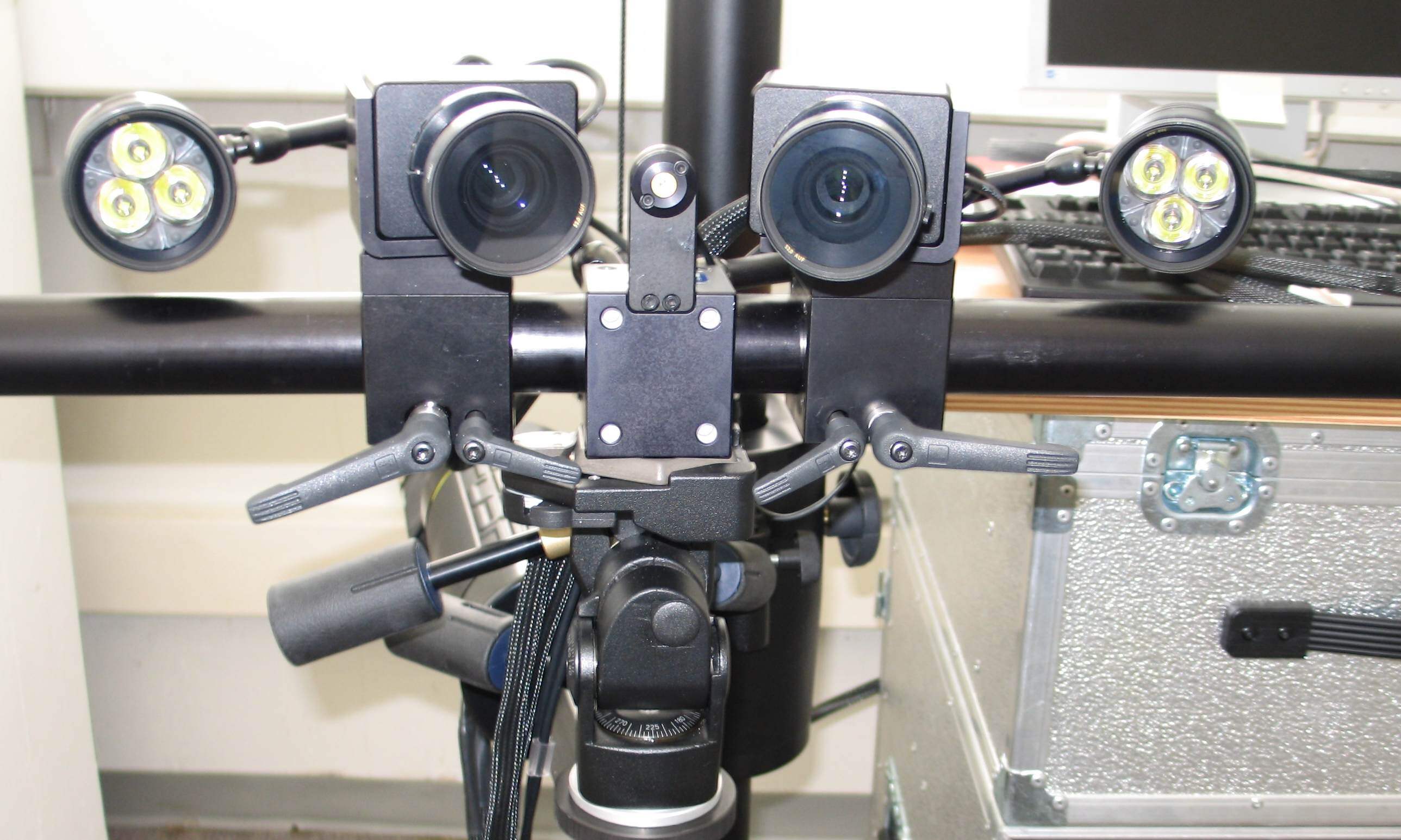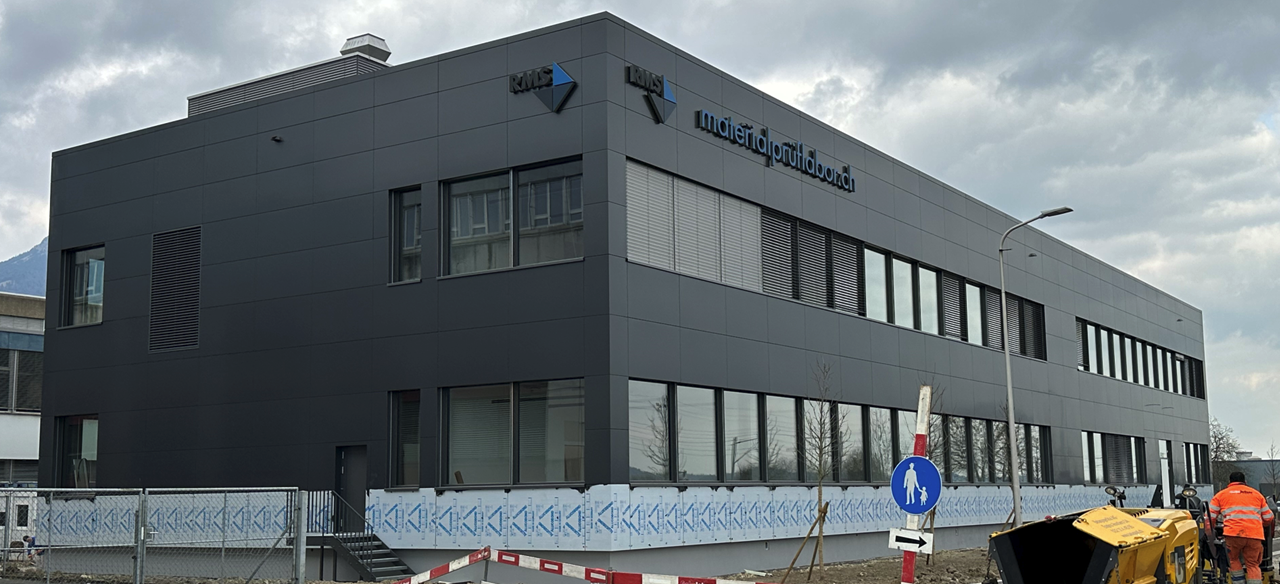IL-37: Impulse measurements under impact loading
If you want to clarify such ques-tions, RMS with its know-how offers an ideal possibility to measure these properties.
In order to be able to test the behavi-our of products under impact loading, not only a test setup adapted to the specific geometry is required, but also knowledge about the metrological specifics of impulse measurements. In particular, when objects made of steel or other hard materials hit abruptly an equally hard contact partner, it requires not only very high measurement rates of over 100 kHz, but also knowledge about different force transducers and their signal processing (amplification, filtering, compensation of a drift, etc.).
Once the measurement technology is in place, the next questions arise in data processing: Which calculated quantity is the best, to enable a good evaluation of the product? How does the measurement curve behave when the product fails? What can be read from the oscillation after the initial impact? Many questions, for which there is an answer tailored to your product.
But not only on the side of the mea-surement technology challenging demands arise. The mounting and fixation recording and tensioning of the products to be tested is also crucial in order to carry out a test that delivers reproducible results.
In this interdisciplinary area, RMS employees have already acquired know-how and experience with which solutions could be developed for a variety of customers and their products. Finally, it is important for the manufacturer of a product to know the failure mode in order to guarantee the safety of the user, especially in the case of impact loading.
The spectrum ranges from simple drop tests of products or packaging to tools that can introduce impacts into a system themselves, to instruments that are subjected to impact stress by a hammer. The determination of the fatigue strength of an instrument is one of the simpler tasks.
![]()
Figure: Recording of an impact at 200 kHz. The initial impact, metal on metal and slightly mechanically damped, lasts less than 0.1 ms and shows relatively little after oscillation.
In the medtech sector, for example, questions can also be asked about the adhesion of coatings after impact stress or whether the behavior of an instrument changes after several cleaning and sterilization cycles. As diverse as the application examples are, so are the requirements for the setup and the measurement technology.
Technical Data
• Different measurement amplifiers, including MX410B from HBM
• Charge amplifier CMD600 from HBM
• Force sensor (depending on the application), e.g. CFT 20kN from HBM
• Appropriate software for operating the hardware, but also software for processing large amounts of data
• Construction and partly also manufacturing of fixtures, adapted to your product.


